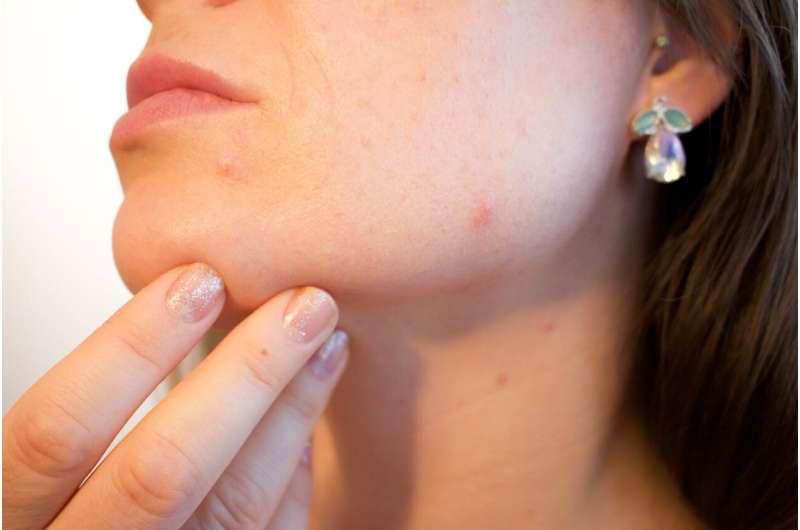This article has been reviewed according to Science X's editorial process and policies. Editors have highlighted the following attributes while ensuring the content's credibility:
fact-checked
trusted source
proofread
Simple laser treatments may prevent nonmelanoma skin cancer

New research indicates that simple laser treatments to the skin may help to prevent the development of basal cell carcinoma and squamous cell carcinoma, which are collectively known as keratinocyte carcinoma and are the most common types of cancer diagnosed in the United States.
The work, which was conducted by a Massachusetts General Hospital (MGH)–led team and is published in Dermatologic Surgery, reveals an easy-to-implement strategy to protect individuals' skin health.
Nonablative fractional lasers (NAFL) deliver heat in a fractional manner that leaves it fully intact after treatment (unlike ablative fractional lasers that remove the top layer of skin), and they're currently used to treat scars, sun-damaged skin, age spots, and more; however, their effectiveness for preventing skin damage is unknown.
To investigate, Mathew Avram, MD, JD, director of the Mass General Dermatology Laser & Cosmetic Center, and his colleagues studied patients who had been successfully treated for facial keratinocyte carcinoma in the past. Such patients have a 35% risk of experiencing a subsequent keratinocyte carcinoma within 3 years and a 50% risk within 5 years.
In the study, 43 patients received NAFL therapy and 52 served as controls and did not receive NAFL therapy.
The rate of subsequent facial keratinocyte carcinoma development over an average follow-up of more than 6 years was 20.9% in NAFL-treated patients and 40.4% in controls, indicating that patients treated with NAFL had about half the risk.
When controlling for age, gender, and skin type, control patients were 2.65-times more likely to develop a new facial keratinocyte carcinoma than NAFL-treated patients.
Also, among patients who developed a facial keratinocyte carcinoma, the time to development was significantly longer in patients treated with NAFL compared with untreated patients.
"These findings suggest that NAFL treatment may have an important role in protecting against subsequent keratinocyte carcinomas," says Avram.
"While the mechanism of NAFL's protective effect is not completely understood, it is suspected that NAFL treatment reduces the overall burden of photo damaged keratinocytes and may promote a wound healing response, which gives healthy skin cells a selective advantage."
Avram noted that additional studies are warranted to more critically assess the role of NAFL in skin cancer prevention, to reveal the duration of its protective effects, and to determine optimal treatment parameters.
More information: Travis Benson et al, Nonablative Fractional Laser Treatment Is Associated With a Decreased Risk of Subsequent Facial Keratinocyte Carcinoma Development, Dermatologic Surgery (2022). DOI: 10.1097/DSS.0000000000003672. journals.lww.com/dermatologics … reatment_Is.236.aspx




















